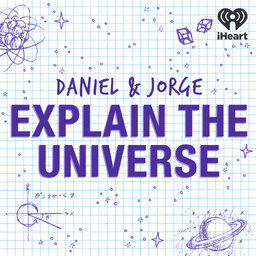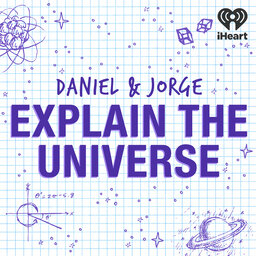How to use the whole galaxy to hear huge gravitational waves
Daniel and Jorge break down the recent discovery of huge gravitational waves by NANOGrav, and what it means about supermassive black holes.
See omnystudio.com/listener for privacy information.
 Daniel and Jorge Explain the Universe
Daniel and Jorge Explain the Universe


